Less than a month after U.S. Federal Communications Commission chairman Ajit Pai called on Apple to activate FM radio functionality in its iPhone devices, the National Association of Broadcasters on Wednesday issued a similar call to action, saying the company could easily integrate such features if it so desired.
In a post to NAB's official blog, the group plays on recent natural disasters and national emergencies, from Hurricanes Harvey and Irma to wildfires in California, to bolster its argument. During these and other events, citizens who greatly rely on their smartphones are often left without cellular service, underscoring the need for redundant communications, NAB says.
While certain smartphone manufacturers integrate FM radio functionality into their devices, Apple does not, presumably putting iPhone users at a disadvantage. In the wake of Irma, government leaders called on tech companies — Apple in particular — to activate FM chips that supposedly lie dormant in existing hardware in a bid to promote public safety.
The issue was brought to the fore last month when Pai singled Apple as the "one major phone manufacturer" who has resisted activating embedded FM chips.
"When wireless networks go down during a natural disaster, smartphones with activated FM chips can allow Americans to get vital access to life-saving information," Pai said. "I applaud those companies that have done the right thing by activating the FM chips in their phones."
For its part, Apple has gone on record as saying iPhone 7 and iPhone 8 do not include FM radio chips or antennas designed to support FM signals. As such, it is not possible for the handsets to receive FM signals. SVP of Worldwide Marketing Phil Schiller reiterated the sentiment in a tweet late last month.
Apple's response has not dissuaded the FCC, NAB and others who believe it is well within the company's power to activate FM components not only in past iPhone models, but current versions as well. Citing a number of iPhone 8 teardowns, NAB in its blog post claims Apple deliberately disables the FM core integrated into Broadcom's communications package.
Further, NAB says Apple "does not connect" antenna leads that would provide an onboard communications module the ability to receive FM radio signals. Manufacturers that do offer FM radio functionality typically piggyback signals on headphone wires running into the 3.5mm jack, a component no longer offered on iPhone. In order to supply Broadcom's chip with the requisite FM signals, Apple would need to rework iPhone's internal design and existing antenna structure or jerry-rig an aftermarket fix.
NAB points out that past Apple products, like the discontinued iPod nano, offered an FM tuner features to users, including a first-party app that paused live radio. That same technology can and should be applied to iPhone, NAB says.
Beyond benefits for natural disaster survivors, FM radio integration would be a boon for radio broadcasters feeling the pinch from user migration to online streaming services. An expansion of the FM market to iPhone, and other smartphones, would mean a healthy boost to terrestrial radio.
Today's statement recalls a more forceful attempt to legally mandate FM radio chips be included in smartphones and other devices. The 2010 proposal, supported by NAB, the RIAA and other industry groups, ultimately failed.
 Mikey Campbell
Mikey Campbell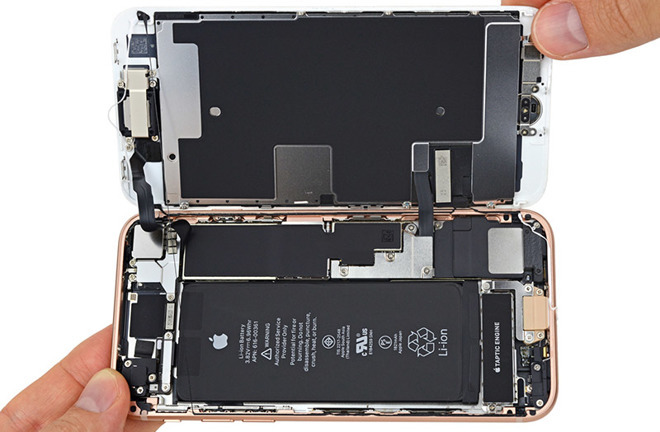

-m.jpg)





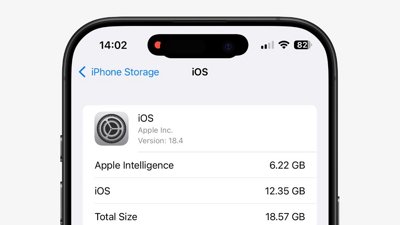
 William Gallagher
William Gallagher
 Sponsored Content
Sponsored Content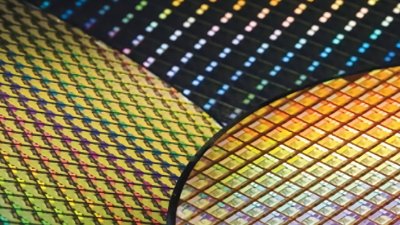
 Malcolm Owen
Malcolm Owen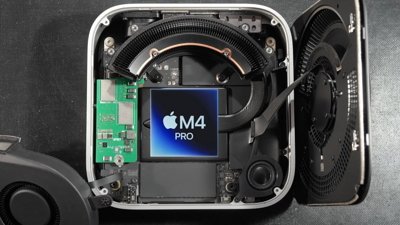
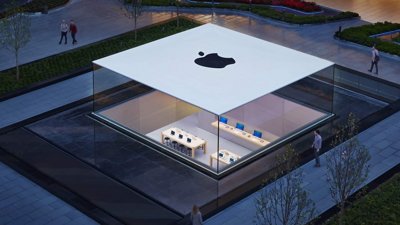
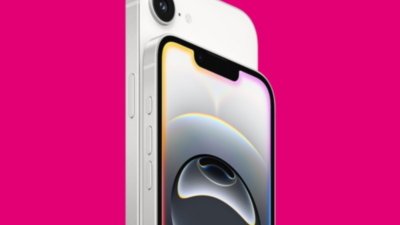
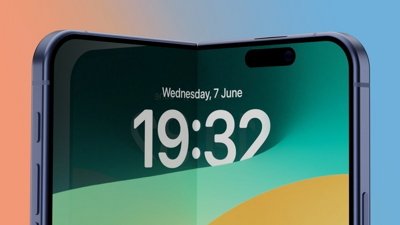
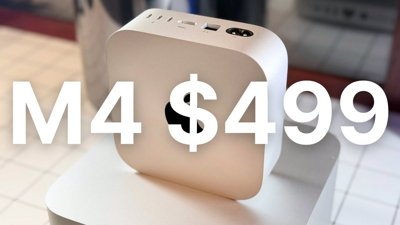
 Christine McKee
Christine McKee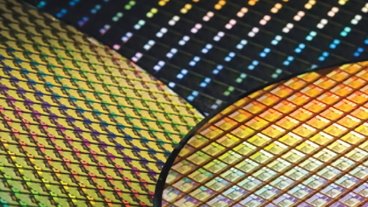
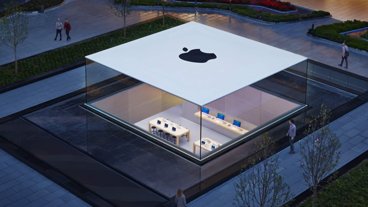
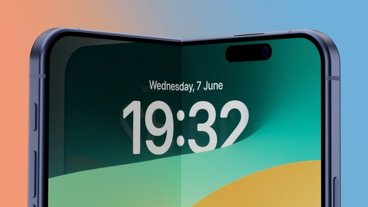







66 Comments
Another attempt to outsmart Darwin... or maybe common sense.
Play the game Pai, act like you care. Does government suck ethics and morals out of everyone?
Draw attention to this silly little issue while you destroy net neutrality, like the wizard behind the curtain that you are. Money may not buy you happiness, but it will buy you political leverage.
Radio towers are just as susceptible to damage as cellular, but let’s not fix our modern warning system and communication system. Furthermore, let’s keep putting band aids on real problems and living below sea level. Common sense basics should be taught in school over government, we see where that got us as a nation.
Ha
...whatever
Morons.
The port to plug in the antenna no longer exists. If someone wants to create an aftermarket product they are free to do so. The fact is the demand from such a product doesn’t exist. And, a separate device with a hand crank is more practical.
But let’s have fun with this...
These people that are bitching are a
And most likely a
technophobe, Luddite...
Just Repair the Cell Towers or install temporary Cell Towers. AT&T , etc. do it all the time in an emergency.